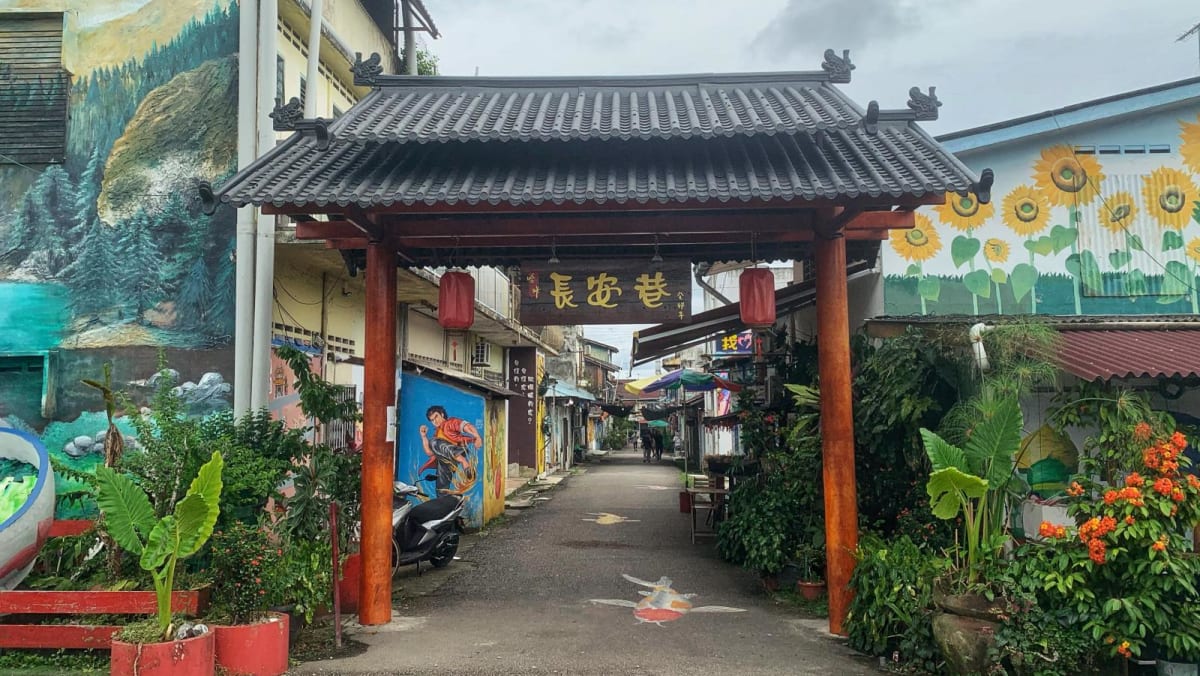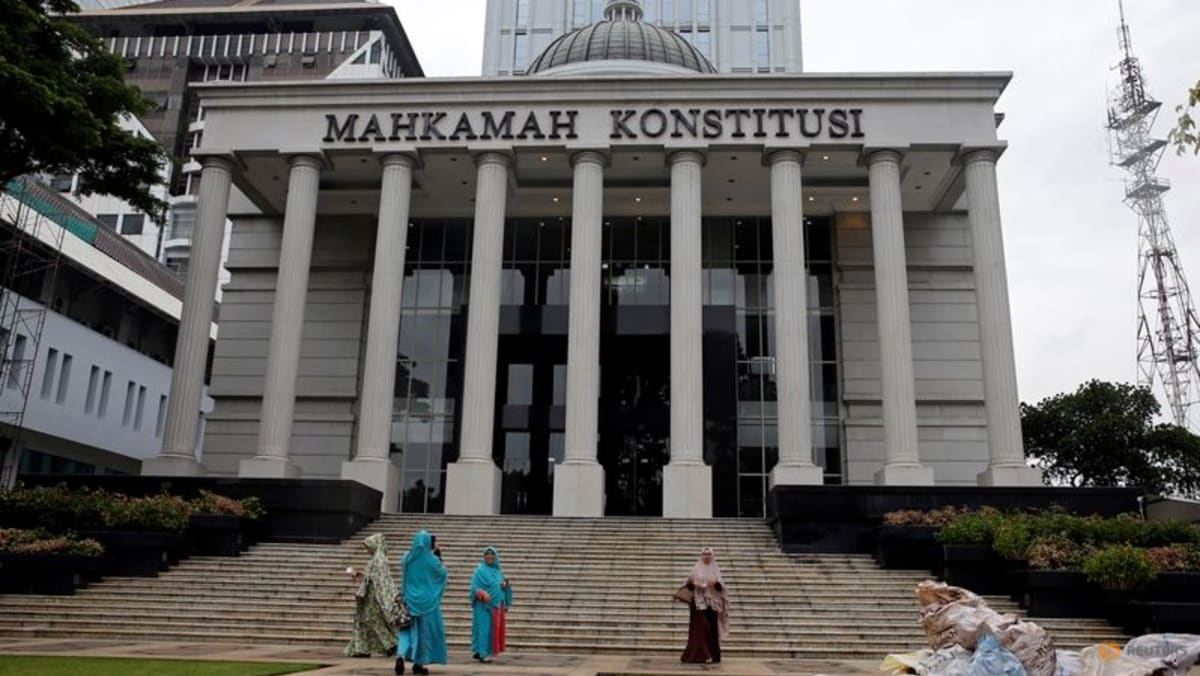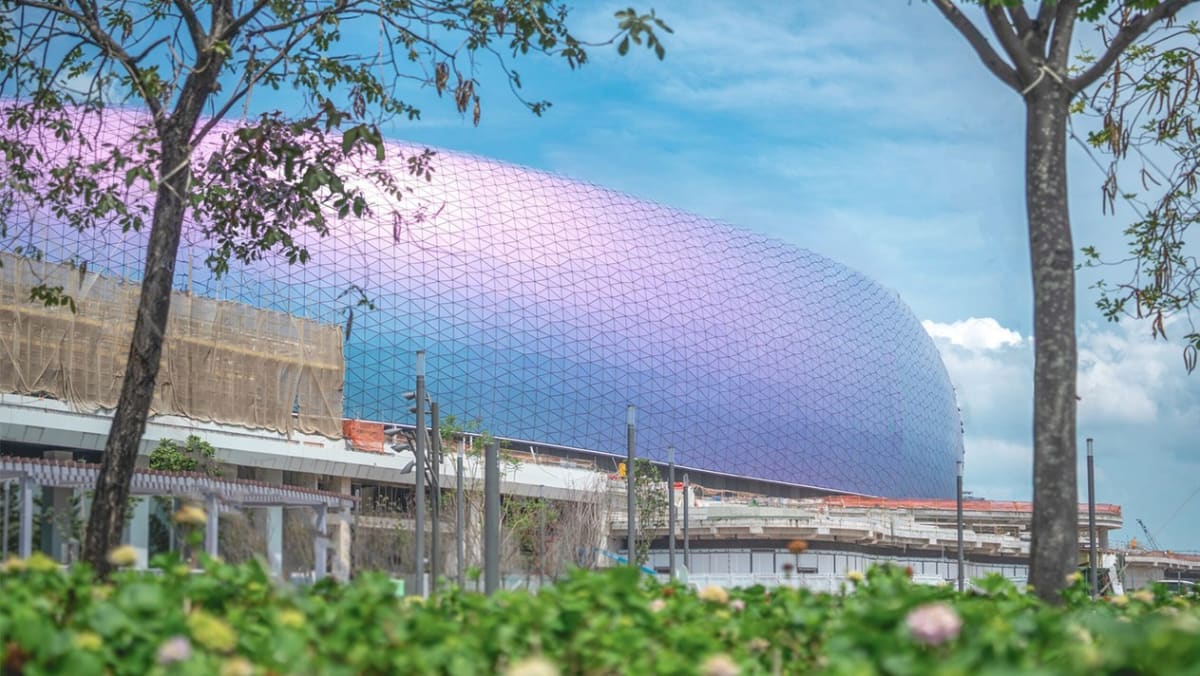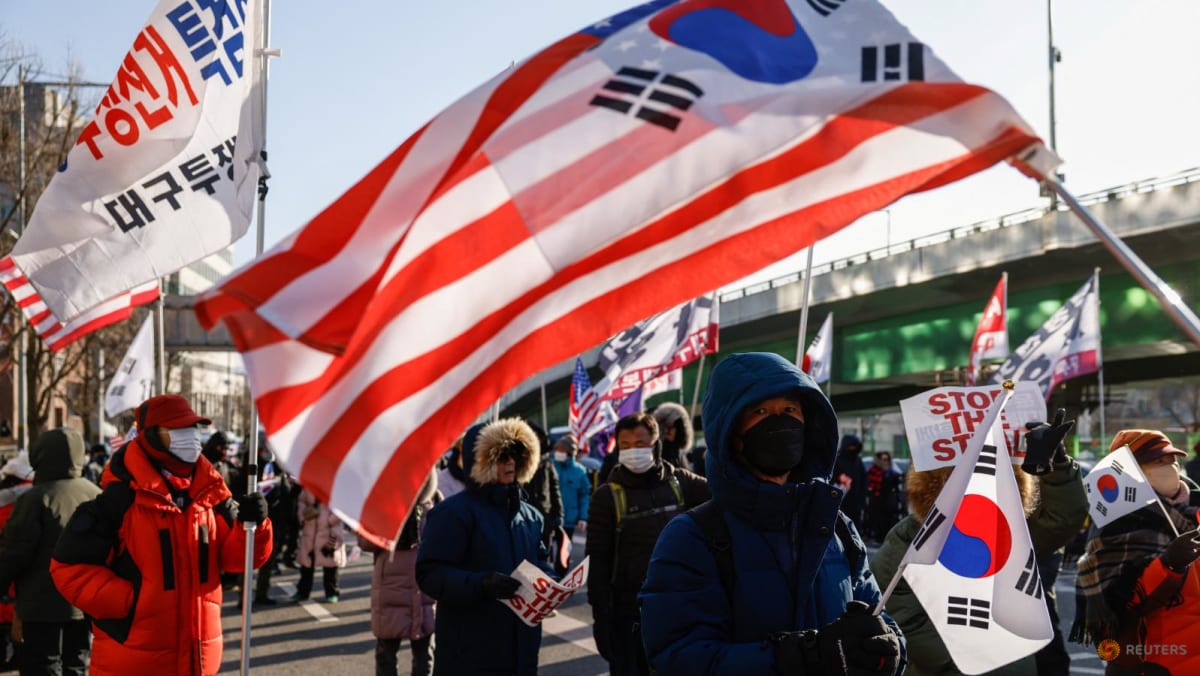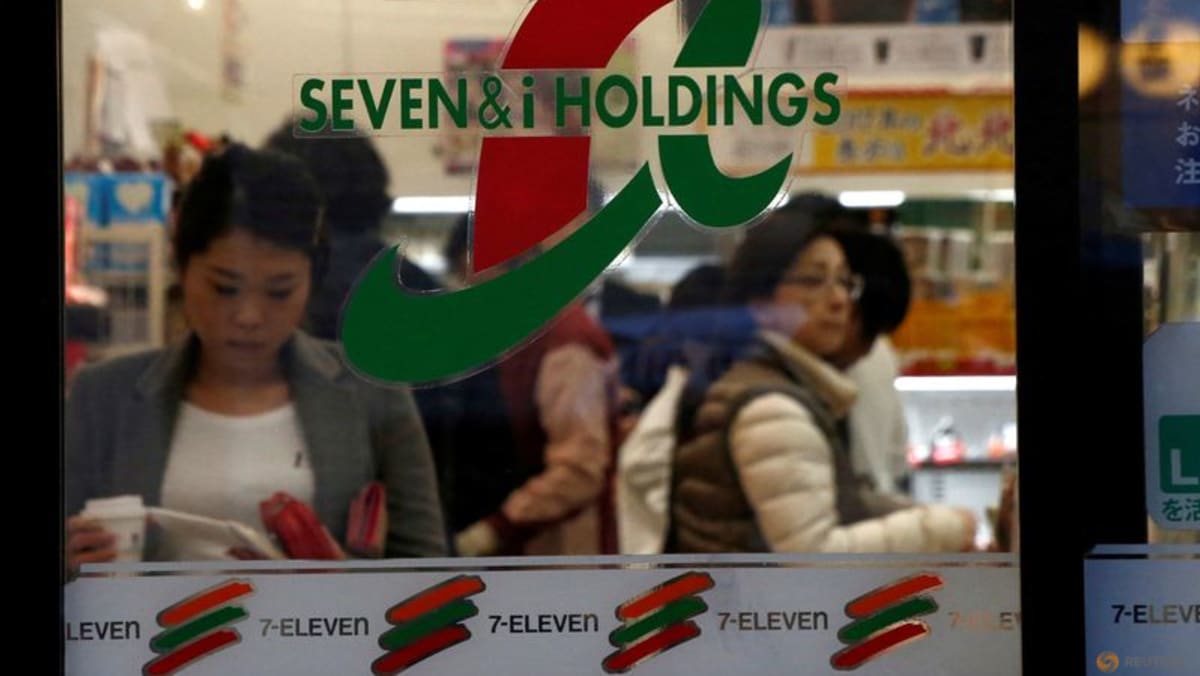Japan quake toll rises to 62 as weather hampers rescuers
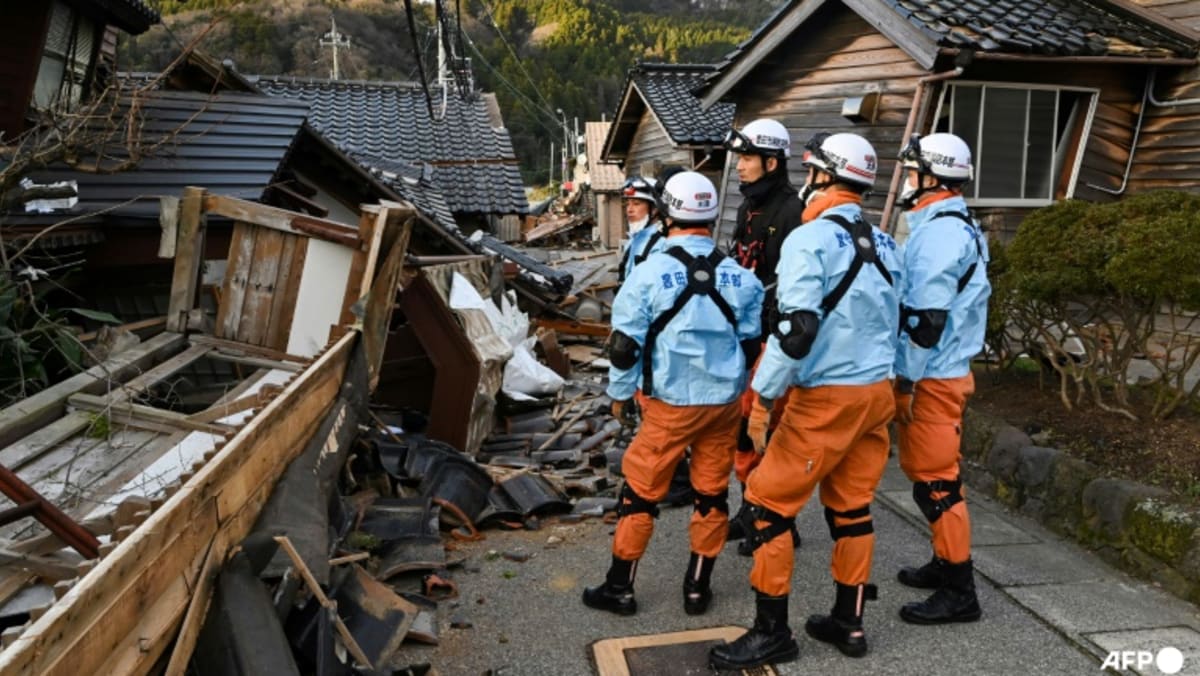
The operation was given extra urgency as the Japan Meteorological Agency (JMA) issued a heavy rain warning in the area.
“Be on the lookout for landslides until the evening of Wednesday,” the agency said.
In the coastal city of Suzu, mayor Masuhiro Izumiya said there were “almost no houses standing”.
“About 90 per cent of the houses (in the town) are completely or almost completely destroyed… the situation is really catastrophic,” he said, according to broadcaster TBS.
A woman at a shelter in the town of Shika told TV Asahi that she “hasn’t been able to sleep” due to aftershocks.
“I’ve been scared because we don’t know when the next quake will hit,” she said.
Nearly 34,000 households were still without power in Ishikawa prefecture, the local utility said.
Many cities were without running water.
Shinkansen bullet trains and highways have resumed operations after several thousand people were stranded, some for almost 24 hours.
The US Geological Survey said the quake had a magnitude of 7.5, while the JMA measured it at 7.6, triggering a major tsunami warning.
The powerful quake was one of more than 400 to shake the region through Wednesday morning, the JMA said.
Japan lifted all tsunami warnings after waves at least 1.2m high hit the town of Wajima and a series of smaller tsunamis were reported elsewhere.
Japan experiences hundreds of earthquakes every year and the vast majority cause no damage.
The number of earthquakes in the Noto Peninsula region has been steadily increasing since 2018, a Japanese government report said last year.
The country is haunted by a massive 9.0-magnitude undersea quake off northeastern Japan in 2011, which triggered a tsunami that left around 18,500 people dead or missing.
It also swamped the Fukushima atomic plant, causing one of the world’s worst nuclear disasters.
Source: CNA




